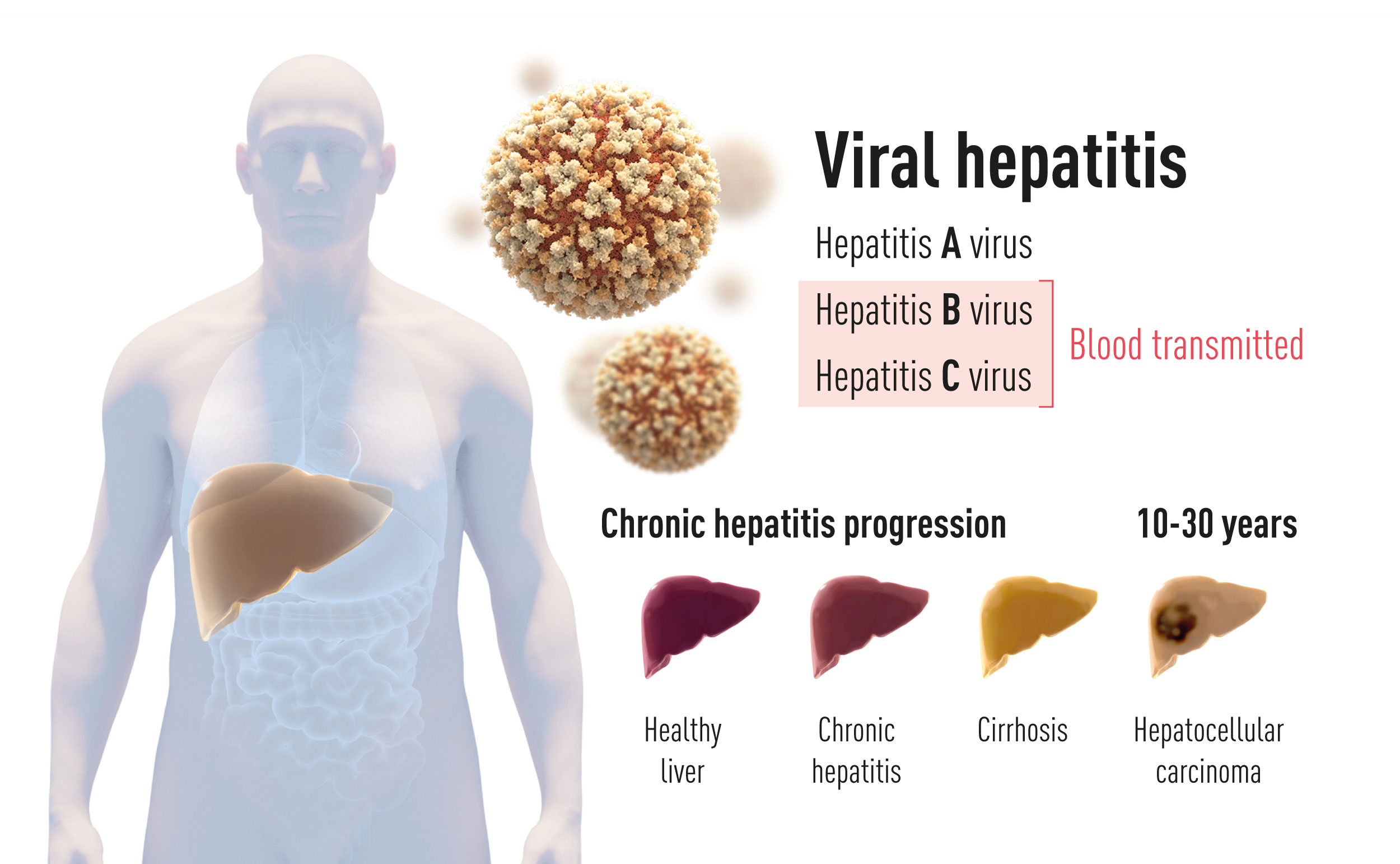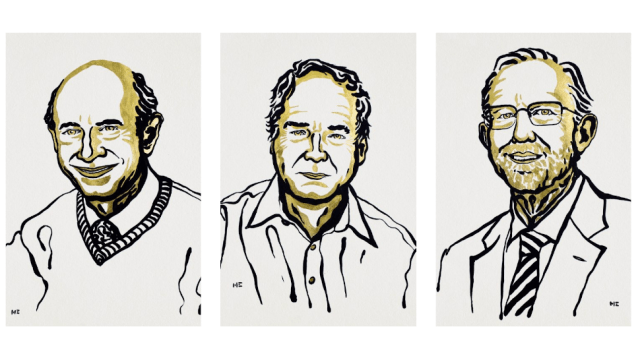The 2020 Nobel Prize in Physiology or Medicine goes to Harvey Alter, Michael Houghton, and Charles Rice for their discovery of hepatitis C — a pathogen responsible for chronic liver diseases.
“This year’s Nobel Prize is awarded to three scientists who have made a decisive contribution to the fight against blood-borne hepatitis, a major global health problem that causes cirrhosis and liver cancer in people around the world,” declared the Norwegian Nobel Committee in a statement issued today.
By discovering and characterising the elusive hepatitis C virus, the trio set the groundwork for effective treatments, which “have saved millions of lives,” according to the Nobel Committee.
Hepatitis C is a liver disease caused by the bloodborne hepatitis C virus. Exposure to contaminated injection needles remains the primary mode of transmission, but it can spread through other practices or activities in which there’s exposure to blood. The World Health Organisation says around 71 million people have a chronic hepatitis C virus infection, a significant portion of whom will develop cirrhosis or liver cancer. In 2016, the WHO estimated that nearly 400,000 people died from complications of the virus. There’s no effective vaccine for hepatitis C, but antiviral medications can cure upwards of 95% of cases.
Virologists had already discovered hepatitis A (which spreads through polluted water or food) and hepatitis B (which spreads via blood) by the time hepatitis C was identified. In the 1970s, Harvey Alter from the U.S. National Institutes of Health, along with his colleagues, found a distinctive form of chronic viral hepatitis while studying a liver disease linked to blood transfusions, which they dubbed “non-A, non-B hepatitis.” The exact virus responsible for the disease, however, remained a mystery for over a decade.
In the 1980s, Michael Houghton, now at the University of Alberta, was working at Chiron Corporation, where he pieced together DNA fragments found in the blood of infected chimpanzees. Some of this DNA belonged to the ape, but he and his colleagues hoped to find evidence of the unrecognised virus, which they did through the identification of associated antibodies. The novel RNA virus was assigned to the Flavivirus family and named the hepatitis C virus.

Shortly after, a team led by Charles Rice from the Washington University in St. Louis showed that the newly detected virus was responsible for causing the symptoms associated with the disease. Rice, who used a genetic technique to demonstrate the virus’s role in causing liver disease, is now at Rockefeller University.
The work of Alter, Houghton, and Rice set the stage for the sensitive blood tests that have served to practically eliminate contaminated blood transfusions around the world, as well as the rapid development of antiviral drugs to treat the disease. The WHO has a stated goal of eradicating hepatitis C by 2030 — an ambitious target, but one made possible by the pioneering work of this trio.
An effective cure for hepatitis C became available in the past decade, but, as Gizmodo reported in 2018, insurance companies refuse to cover it for many patients.
